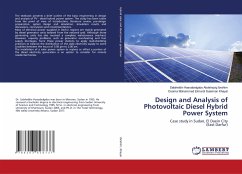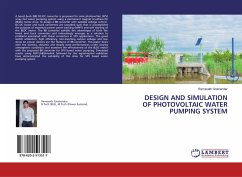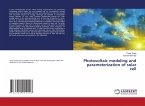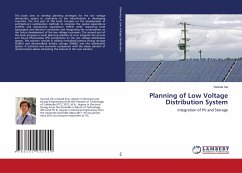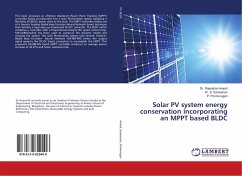This book presents the development of new techniques for modeling and determining the optimal sizing of the standalone PV system. The research is implemented in two phases in which in the first phase, a novel approach is proposed for predicting the PV array performance using the Random Forests (RFs) technique. The developed RFs model predicts the output current of the PV array based on four inputs meteorological variables, namely, solar energy, ambient temperature, day number and daily hours. In the second phase, an improved numerical algorithm is developed for optimizing the energy sources in the standalone PV system. An optimization problem is formulated to minimize the total life cycle cost of the standalone PV system subject to specific availability level. Then an iterative numerical algorithm is used to generate different system configurations with different prices and availability levels based on the input meteorological and load demand data. The concept of loss of load probability (LLP) is employed to evaluate the availability of each generated configuration and then only configurations with the desired availability are nominated.
Bitte wählen Sie Ihr Anliegen aus.
Rechnungen
Retourenschein anfordern
Bestellstatus
Storno




